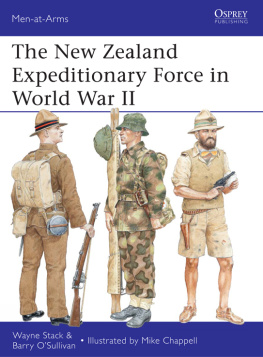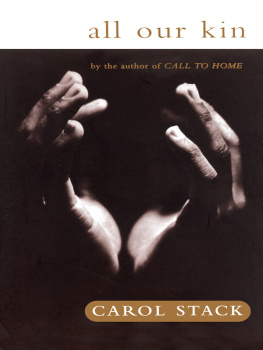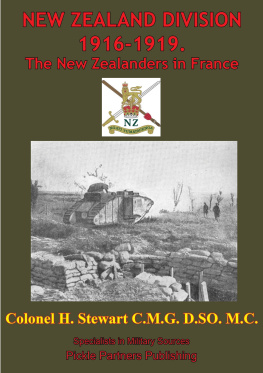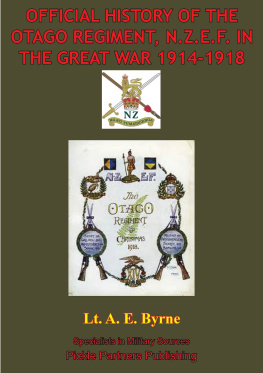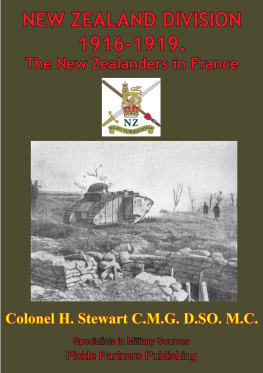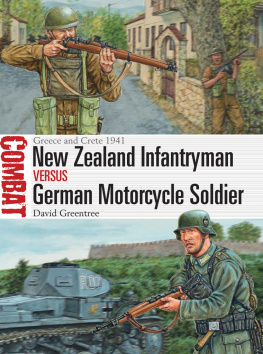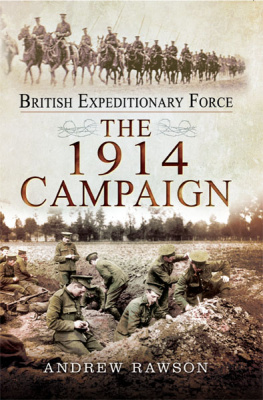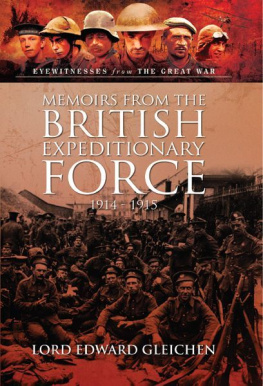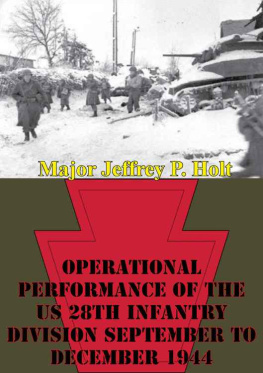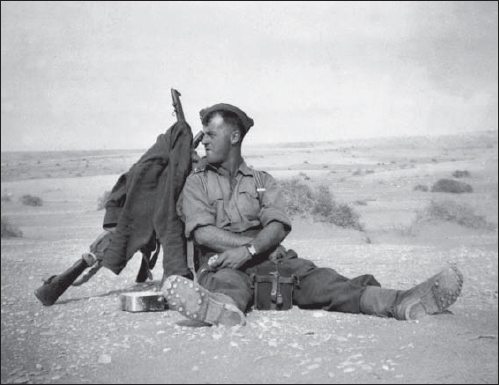Men-at-Arms 486
The New Zealand Expeditionary Force in World War II
A soldier taking a break during 2nd NZ Divisions service in the Western Desert of Egypt an environment in which the Kiwis had to adapt, and clothe themselves, for extremes of heat and cold within the same day. (Barry OSullivan Collection)
Wayne Stack & Barry OSullivan Illustrated by Mike Chappel
Series editor Martin Windrow
CONTENTS
THE NEW ZEALAND EXPEDITIONARY FORCE IN WORLD WAR II
INTRODUCTION
T he 2nd New Zealand Expeditionary Force of World War II was small compared to other Allied armies, but it became an integral part of the British Commonwealth forces that came together to defeat the Axis powers. Building on the military reputation so hard-won by the New Zealanders in the Great War, the soldiers of 2 NZEF enhanced that reputation through service in the Mediterranean and Pacific theatres. Although fighting as an independent Dominion, New Zealand maintained a sense of duty to Britain. This was highlighted when the New Zealand prime minister, Michael Joseph Savage, declared at the outbreak of war on 3 September 1939: Both with gratitude for the past, and with confidence in the future, we arrange ourselves without fear beside Britain. Where she goes, we go; where she stands, we stand.
This unflinching commitment came at a cost. Out of just 355,000 available men of military service age, more than 135,000 New Zealanders served overseas during the war a figure equating to an extraordinary 12 per cent of the countrys total population. At the peak of national mobilization, out of the 157,000 serving in the armed forces, 127,000 had enlisted in the Army, 24,000 in the Royal New Zealand Air Force and 6,000 in the Royal New Zealand Navy. Of the 36,038 who became casualties during the war, 11,671 were either killed in action or died of wounds; another 15,749 were wounded, and 8,618 became prisoners of war. The majority of casualties were sustained by the 2nd NZ Expeditionary Force, with 6,793 deaths, 15,324 wounded and 7,863 captured. The significance of this sacrifice becomes clear when New Zealands casualty rate of 24 per 1,000 of total population is compared to that of Australia, with 13 casualties per 1,000, and Canada, with 9 per 1,000. (The comparable figure for United Kingdom service and civilian casualties was approximately 15 per 1,000.)
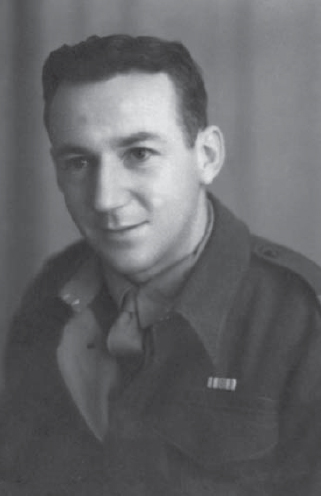
New Zealand had no standing army, and on the outbreak of war the government once again had to rely on volunteers from the 10,000 citizen-soldiers of the Territorial Force in order to establish a division-size expeditionary force. This 2 NZEF, which became the main focus of New Zealands war effort, was a national army under New Zealand command. In November 1939 a recently retired British Army officer, MajGen Bernard Freyberg, VC, DSO**, volunteered his services, and was appointed to command the expeditionary 2nd NZ Division. As a direct result of the perceived mismanagement of New Zealand troops by British commanders in World War I, Freyberg was given a special charter that made him directly responsible to the New Zealand government, and gave him the authority to withdraw his troops from operations that threatened what he judged to be unacceptably high casualties. When the 3rd NZ Div was established in 1942 to serve in the Pacific theatre its commander, MajGen Harold Barrowclough, was given a similar charter. This precaution was instrumental in maintaining the confidence of the troops of the two expeditionary divisions in their commanders. Knowing that their lives would not be needlessly squandered, they showed no less eagerness to fight than had their fathers in 191418.
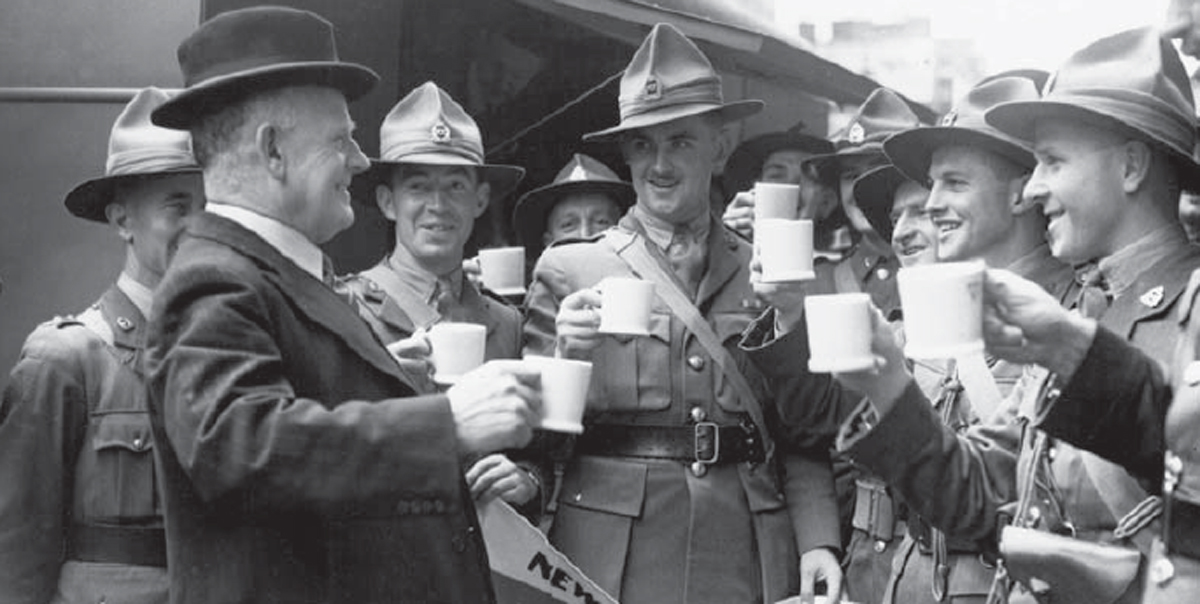
1940: W.J. Jordan, New Zealand High Commissioner in Britain, posing with officers of the 2nd Echelon at a NZYMCA mobile canteen in London. The officers wear Service Dress with lemon-squeezer hats and Sam Browne belts. (Warren Collingwood Collection)
The egalitarian nature of New Zealands settler society was still reflected in the 2nd Expeditionary Force. The Kiwis respected rank, but were notorious for not saluting officers. Drawn from a small and comparatively classless population where Jack is as good as his master, New Zealand soldiers with leadership abilities were promoted regardless of social background. The infantry battalions were recruited on a provincial basis, with many officers leading friends and relatives from their home towns. This fostered unit cohesion, and helped to develop the lan for which the New Zealanders were noted. National values of mateship and teamwork helped to forge trainees into effective fighting units, whose successes in battle and stoicism in defeat enhanced the already high reputation earned by New Zealanders in the Great War.
In total, 104,988 men and women served in the 2 NZEF between 1939 and 1946, cementing its reputation amongst friends and foes alike as a first-class fighting force whose dogged determination could be relied upon.
See MAA 473, The New Zealand Expeditionary Force in World War I
COMMANDERS
Lieutenant-General Sir Bernard Freyberg, VC, DSO**
Bernard Freyberg (18891963) was an experienced regular British Army officer when he was appointed to command the 2nd NZ Division in November 1939. He had been born in England, but his parents had emigrated to New Zealand when he was aged two; he spent his formative years in the Dominion, where he trained as a dentist. He had served as a junior officer in the Territorial Force before travelling overseas in early 1914, but while living in London he was unsuccessful in applying for a commission in the NZ Expeditionary Force. He was subsequently offered a British commission, and served in the Royal Naval Division at Gallipoli and on the Western Front, where he quickly rose to lieutenant-colonel commanding the Hood Bn, taking command of 189 Bde when its brigadier became a casualty on the first day of the Battle of the Somme. In all Freyberg was wounded nine times, and awarded the Victoria Cross, the DSO and two Bars, as well as being Mentioned in Dispatches twice. He ended the war as a temporary brigadier in command of 29th Division. During the inter-war years he received various staff appointments in England, reaching the rank of major-general in 1934, before retiring in 1937 when he was judged medically unfit due to a heart condition.
In 1939 Freyberg offered his services to the New Zealand government; his appointment to command the 2nd NZ Div proved an inspired choice, and the New Zealand troops considered Freyberg as one of their own. Always wary of sustaining unnecessary casualties, Freyberg did not hesitate to invoke his special charter when it seemed justified. At Cassino, after his division had suffered 1,000 casualties, he advised his superiors that he was withdrawing it from the line. The threat of invoking the charter against operations that he considered were against New Zealand interests made him unpopular with some superiors, especially with Gen Claude Auchinleck during the 194142 North African campaigns. However, he had a good relationship with Gen Bernard Montgomery, who thought highly of him. Monty employed Freybergs division in a series of successful left hook flanking manoeuvres against successive enemy defensive lines while driving the Axis forces westwards after the second battle of El Alamein in OctoberNovember 1942.

